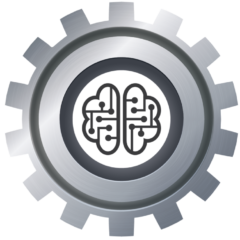The didactic method is a teaching approach that has been used for centuries to impart knowledge and skills to students. It is a teacher-centered approach that involves the teacher lecturing, explaining, and demonstrating concepts to students, who are expected to listen, observe, and absorb the information being presented. Here are some key elements of the didactic method and how it can be used effectively:
- Clear Objectives: The didactic method is most effective when the teacher has a clear objective in mind. Teachers should know exactly what they want to teach and the outcome they expect from their students.
- Active Listening: While the didactic method is teacher-centered, it’s important for students to be active listeners. They should take notes, ask questions, and participate in discussions to enhance their understanding of the material.
- Demonstration: In the didactic method, the teacher often demonstrates a skill or concept to the students. This can be done through lectures, videos, or hands-on activities. The goal is for students to understand the material and apply it to their own work.
- Repetition: Repetition is a key component of the didactic method. Teachers often repeat important concepts and skills to reinforce learning and help students remember the material.
- Assessment: Assessing students’ learning is an important aspect of the didactic method. Teachers may use quizzes, tests, or other assessments to evaluate how well students have learned the material.
While the didactic method has been criticized for being too teacher-centered, it can be effective when used in the right context. Here are some tips for using the didactic method effectively:
- Use it for foundational knowledge: The didactic method is best suited for teaching foundational knowledge and basic concepts. For more complex topics, other teaching approaches may be more effective.
- Use it sparingly: The didactic method can be tiring for students if used for extended periods of time. It’s important to mix in other teaching approaches, such as group work or hands-on activities, to keep students engaged.
- Keep it interactive: Even though the didactic method is teacher-centered, it’s important to keep the students engaged and involved in the learning process. Teachers can do this by encouraging questions, discussions, and group work.
- Adapt to different learning styles: Not all students learn in the same way. Teachers should adapt the didactic method to meet the needs of different learners, using visual aids, real-life examples, and other techniques to help students understand the material.
In Summary
The didactic method can be an effective teaching approach when used appropriately. It’s important for teachers to have clear objectives, encourage active listening, use demonstration and repetition, assess learning, and adapt to different learning styles. By using the didactic method in conjunction with other teaching approaches, teachers can create a well-rounded learning experience for their students.
#infobymattcole
 You can check out Matt’s LinkedIn account, Youtube Channel, or Podcast.
You can check out Matt’s LinkedIn account, Youtube Channel, or Podcast.Introducing my new books, ‘The Art of Critical Thinking’ and ‘The Critical Thinking Model’. Both can be read for free with Kindle Unlimited or $2.99 each via Kindle.

[…] Paideia method is characterized by three components: the didactic, coaching, and Socratic […]